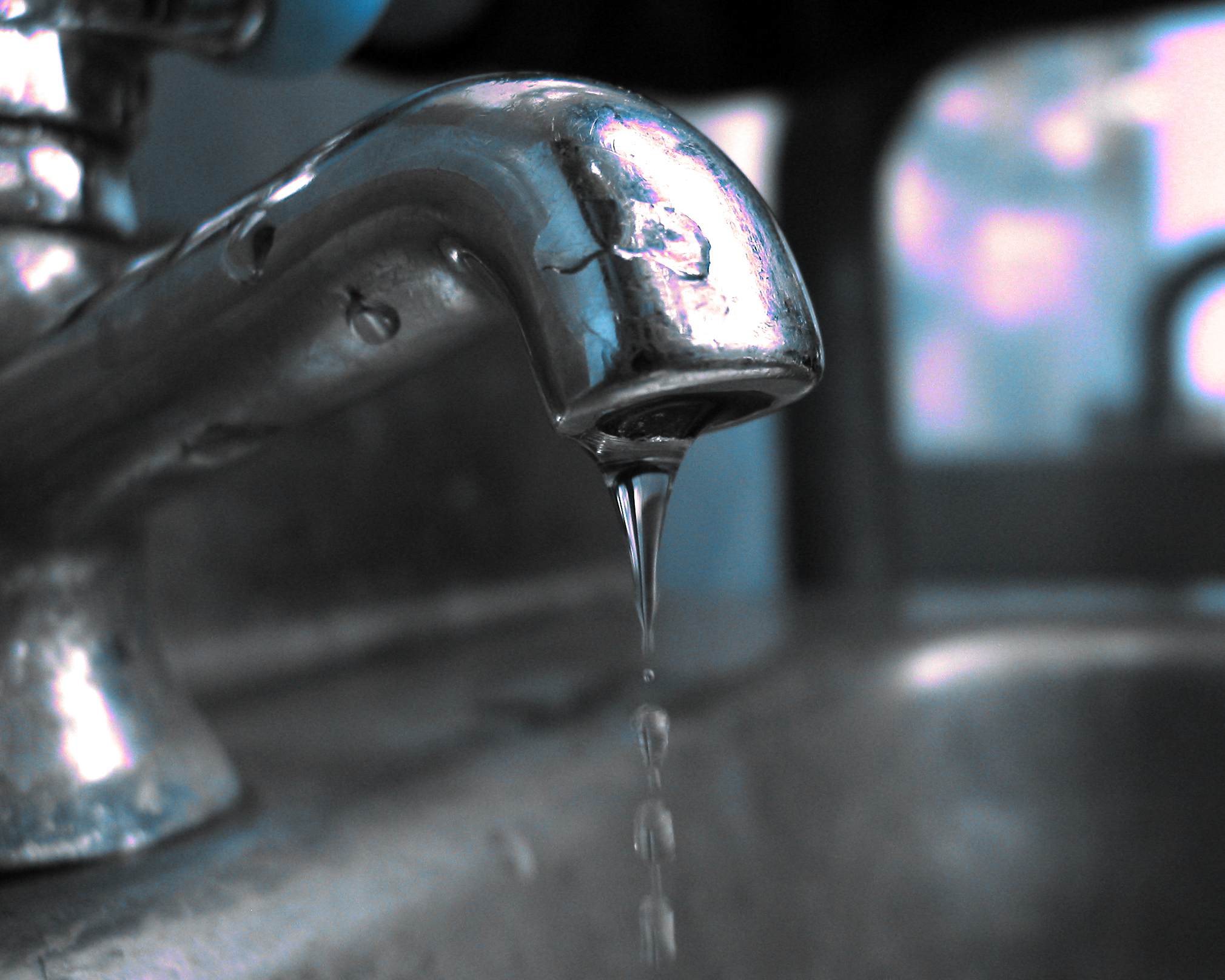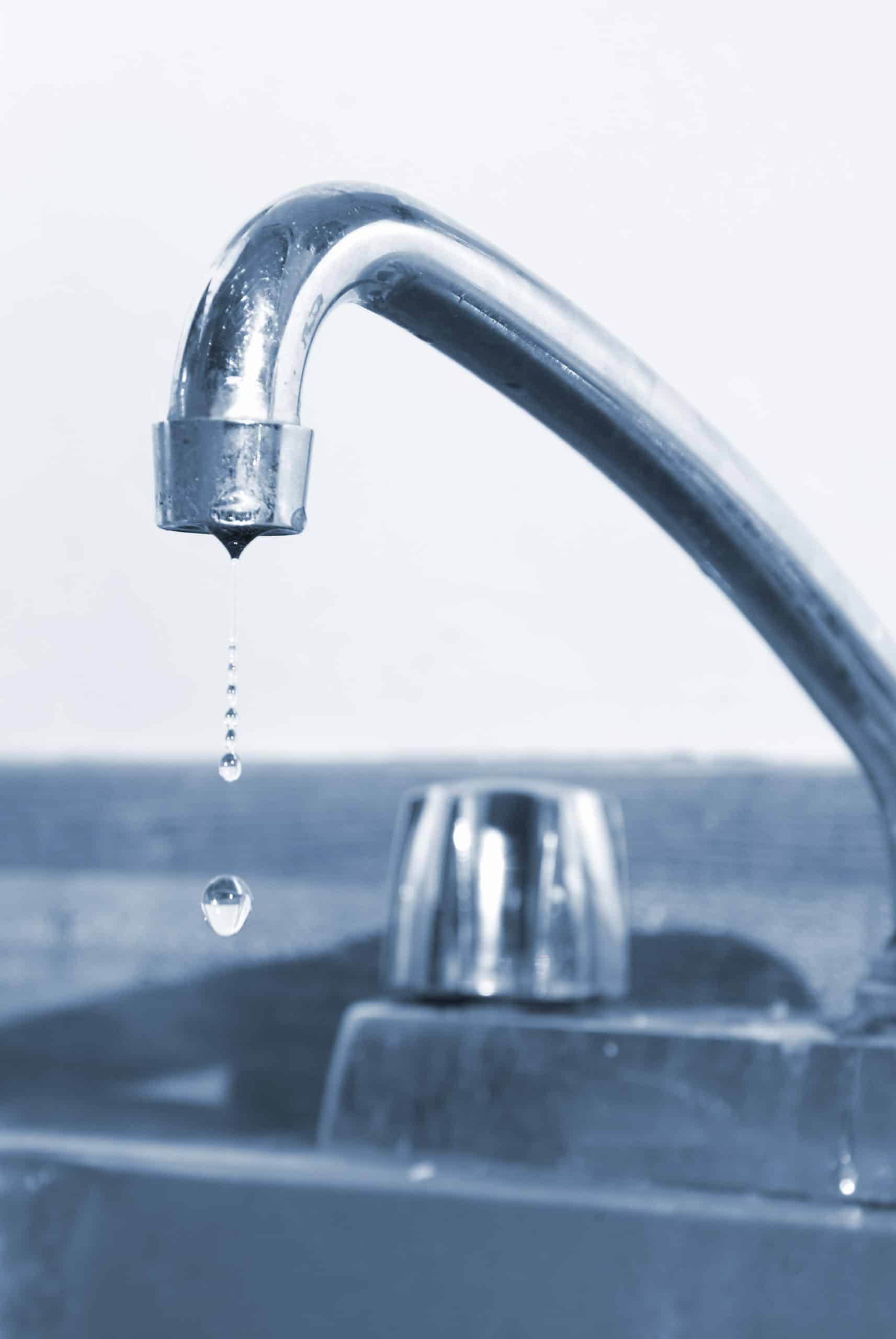We have discovered this great article pertaining to Water Dripping from Faucet: Why and How to Fix directly below on the web and figured it made perfect sense to discuss it with you over here.

Trickling taps may appear like a small hassle, but their effect exceeds just the annoyance of the noise. From wasting water to sustaining unnecessary economic expenses and health dangers, neglecting a leaking faucet can lead to various repercussions. In this short article, we'll explore why it's essential to address this typical home problem immediately and successfully.
Waste of Water
Environmental Effect
Dripping taps add substantially to water waste. According to the Epa (EPA), a single tap leaking at one drip per secondly can waste greater than 3,000 gallons of water each year. This not just pressures water resources but likewise impacts environments and wildlife depending on them.
Financial Expenses
Enhanced Water Bills
Past the ecological impact, trickling faucets can blow up water expenses substantially. The collected waste with time equates right into greater energy expenses, which might have been prevented with timely fixings.
Possible Building Damage
Additionally, long term trickling can result in damage to components and surfaces surrounding the tap. Water buildup can create staining, corrosion, and also structural problems if left ignored, causing extra fixing prices.
Health Problems
Mold and Mildew Development
The continuous visibility of moisture from a dripping faucet develops an optimal atmosphere for mold and mildew and mildew development. These fungi not only jeopardize interior air high quality but likewise pose health risks, especially for people with respiratory conditions or allergies.
Waterborne Conditions
Stagnant water in trickling taps can come to be a breeding place for microorganisms and various other microorganisms, boosting the threat of waterborne diseases. Pollutants such as Legionella germs grow in stagnant water, possibly bring about significant diseases when ingested or breathed in.
Do it yourself vs. Professional Repair service
Advantages and disadvantages of Do It Yourself Repair Service
While some might try to take care of a trickling faucet themselves, do it yourself repair services include their own set of challenges. Without correct knowledge and tools, DIY efforts can exacerbate the issue or bring about insufficient repair work, lengthening the issue.
Advantages of Working With a Specialist Plumber
Employing a professional plumber guarantees that the underlying reason for the dripping tap is resolved properly. Plumbings possess the proficiency and devices to detect and fix faucet issues effectively, saving time and lessening the threat of additional damage.
Step-by-Step Guide to Dealing With a Dripping Faucet
Tools Called for
Prior to attempting to take care of a leaking faucet, gather the needed devices, consisting of a flexible wrench, screwdrivers, substitute components (such as washers or cartridges), and plumber's tape.
Common Faucet Issues and Their Solutions
Recognize the kind of faucet and the particular issue causing the drip. Common problems consist of damaged washers, corroded shutoff seats, or defective O-rings. Describe maker guidelines or on-line tutorials for detailed guidance on repair work.
Preventive Measures
Routine Maintenance Tips
To avoid dripping faucets, perform regular upkeep such as cleaning up aerators, inspecting for leaks, and changing worn-out components without delay. Furthermore, take into consideration installing water-saving gadgets or updating to more reliable fixtures.
Significance of Prompt Fixes
Addressing leaking taps as quickly as they're seen prevents further water waste and prospective damages, eventually conserving both water and money over time.
Effect On Residential Or Commercial Property Value
Understanding of Well-Maintained Home
Preserving a property in good condition, consisting of resolving upkeep problems like dripping taps, boosts its regarded value and desirability amongst potential customers or tenants.
Impact on Resale Value
Residences with well-maintained plumbing fixtures, consisting of faucets, command greater resale values in the property market. Resolving dripping faucets can contribute to a positive perception during residential or commercial property assessments and settlements.
Environmental Responsibility
Individual Contribution to Preservation
Taking duty for fixing trickling taps lines up with wider efforts towards water preservation and environmental sustainability. Every person's actions jointly make a considerable effect on preserving priceless resources.
Lasting Living Practices
By prioritizing punctual repair services and adopting water-saving behaviors, individuals add to sustainable living practices that profit both existing and future generations.
Final thought
Resolving a leaking tap goes beyond simple ease; it's a vital action toward conserving water, minimizing economic expenses, and guarding health and residential property. Whether via do it yourself repairs or professional support, doing something about it to deal with trickling taps is a small yet impactful method to promote accountable stewardship of resources and contribute to a much healthier, much more lasting future.
How to Fix a Dripping or Leaky Faucet
A leaking faucet is one of the most common problems that homeowners encounter, but it being commonplace doesn’t make it any less annoying. The constant drip drip drip of a leaking bathtub faucet, showerhead, or sink tap can disturb your home’s serenity. Left neglected, a dripping faucet can also result in higher water bills and discoloration or mold growth in your sink or plumbing fixtures.
Fortunately, you don’t have to be a trained plumber to know how to stop a dripping faucet. With some basic tools, replacement parts, and a little patience, leaky faucet repair is a breeze. In this article, we’ll explain what causes dripping faucets and how you can fix them.
What Causes a Leaking Faucet?
Kitchen and bathroom faucets come in all manner of designs, but most involve some combination of valves, O-rings, seals, and washers. The O-ring is usually the weakest link, but any one of these pieces can wear down over time. Heat, moisture, temperature fluctuations, minerals, mold, and movement can contribute to warping and corrosion, breaking the watertight seal. This just comes with the territory of being a homeowner. Everything is always subject to wear and tear, and some component parts of your appliances and fixtures need to be replaced on occasion. At least replacement O-rings are cheap!
More rarely, dripping faucets can be a symptom of excessively high water pressure. Were this the case in your home, you would probably notice that the leak is not isolated to one faucet. Water pressure issues are harder to resolve on your own. We recommend contacting a professional plumber if you suspect your water pressure is too high.
How to Fix a Dripping Faucet
Pipe wrench or monkey wrench Allen wrench set Screwdrivers Old towel or rag Shut off the water.
Before you do anything, you need to turn off the water to keep from drenching your kitchen or bathroom. You should find a valve under the sink and against the wall. Once you’ve turned this valve, try turning the faucet on to confirm that the water source has been cut off.
If you can’t locate your local valve for the faucet you’re working on, you can always shut off the water to the house at the main valve. Of course, this will prohibit anyone from using the sinks, showers, or toilets while you’re working on the faucet that’s giving you trouble.
Plug or block the drain.
You’ll be disassembling the faucet and removing some small bits of hardware. Plug the drain with a stopper or rag to avoid the possibility of a small screw falling into your P-trap.
Take apart the faucet assembly.
There are several varieties of kitchen and bathroom faucets, each with its own manner of assembly. For detailed instructions on how to disassemble your faucet, you can refer to the fixture’s manual or contact the manufacturer. If you know whether you have a ball, disc, cartridge, or compression faucet, you can find detailed schematics online.
In general, you need to begin by removing the faucet handles. You might notice a small screw that you’ll need to remove with a screwdriver or Allen wrench. If you don’t see any visible securing hardware, it’s likely hidden under a decorative cap that can be unscrewed or popped off with flathead screwdriver.
Remove each piece methodically, consulting a schematic when necessary. Take notes or arrange the pieces in such a way to make it easier to correctly reassemble the faucet later.
Remove the cartridge.
Once you’ve removed the handles and securing hardware, you should be able to remove the valve cartridge or stem. Some cartridges will slide right out. Other faucet models will require you to loosen a nut with a pipe wrench before you can remove the valve stem.
Examine the exposed hardware.
With the cartridge or stem removed, inspect the component parts. Check the rubber O-rings for wear and tear. Also examine the seat washer for corrosion or other damage. These pieces are usually the responsible parties for a dripping faucet, but it’s worth inspecting the other component parts while you have the faucet disassembled.
Find replacement parts.
Once you’ve identified which faucet component has failed, find an identical replacement. Your local hardware store should have O-rings, seat washers, and other standard components in stock. If you have a luxury or uncommon faucet, you may have to contact the manufacturer for a replacement part.
It’s a good idea to take your old parts with you to the hardware store so you can compare them with the store’s inventory and be sure you’re purchasing the correct replacement.
Reassemble the faucet.
With your new parts in hand, reconstruct the faucet and handles. Don’t be tempted to overtighten screws or nuts. You might think this could create a better seal, but it can instead damage or bend a delicate part of the assembly and create a new problem for you.
Turn on the water and test the faucet.
The only thing left to do is test your work. Unplug the sink, turn the water back on, and try the faucet. Congratulate yourself on a job well done!
https://www.libertyhomeguard.com/how-to-fix-a-dripping-or-leaky-faucet/

Do you enjoy more info about Why Are My Faucets Dripping (And Can I Fix It Myself)?? Post a remark directly below. We'd be pleased to find out your responses about this review. Hoping to see you back again later on. Don't hesitate to set aside a second to share this blog posting if you appreciated it. Bless you for your time. Return soon.